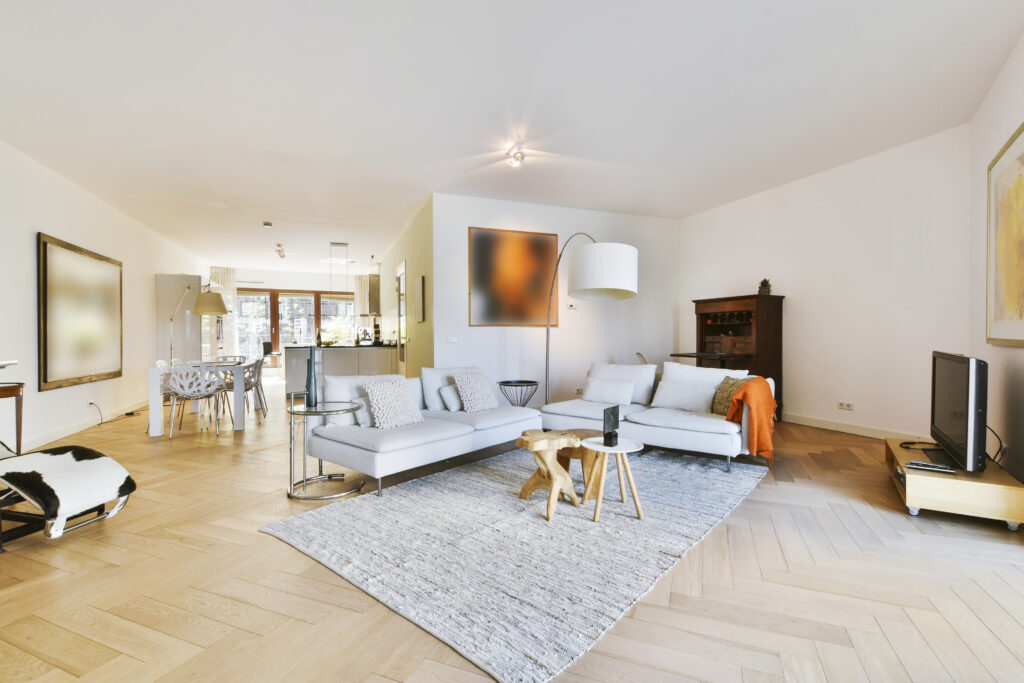If you’re thinking about home remodeling, there’s one thing you’ve probably already figured out: it’s exciting — but overwhelming. Costs, timelines, permits, materials, contractors — there’s a lot to juggle. And if you don’t approach it methodically, the project can quickly spiral into chaos.
As someone who’s walked thousands of homeowners through this decision, I can tell you: successful remodeling starts with a plan. Whether you’re updating one room or doing a full-scale home transformation, this guide lays out every step — clearly, practically, and without the sugar-coating.
🏗️ Step 1: Define Your Goals Clearly
Before you pick up a hammer — or start shopping tile — ask:
✔️ What’s the purpose? Is this remodel to improve function, aesthetics, resale value, or all three?
✔️ What must be changed vs. what’s a nice-to-have?
✔️ Are you remodeling to stay long-term or to sell in 1–3 years?
💡 Authoritative Tip: Remodeling for resale? Kitchens, bathrooms, and open floor plans typically return the highest value.
💰 Step 2: Set a Realistic Budget
This isn’t the time for guesswork.
✔️ Research the average costs for your type of project in your area.
Minor bathroom remodel: $15K–$25K
Full kitchen remodel: $40K–$75K+
Whole-home remodel: $100K–$250K+
✔️ Add 15–20% contingency for unexpected issues.
✔️ Factor in materials, labor, permits, design fees, and temporary housing if needed.
💡 Tip: Most overruns happen because homeowners change their minds mid-project — get clear on choices upfront.

📑 Step 3: Understand Permits and Codes
Ignoring this is a rookie mistake — and costly.
✔️ Check with your local building department about what requires permits.
Structural changes
Plumbing
Electrical
HVAC upgrades
✔️ Ensure all work meets local codes, including energy efficiency standards, safety requirements, and zoning rules.
💡 Failing inspection = delays, fines, or being forced to redo work. Always work with licensed professionals.
🛠️ Step 4: Hire the Right Professionals
✔️ Interview at least 3 contractors or design-build firms.
✔️ Check:
Licenses
Insurance
References and reviews
✔️ Look for clear contracts with detailed scopes of work.
💡 Pro Tip: The cheapest quote is rarely the best. Look at value, experience, and communication skills.
🗺️ Step 5: Finalize the Design Before Demo
✔️ Don’t demo before your layout, materials, and finishes are fully selected.
✔️ Work with designers or architects as needed.
✔️ Confirm:
Floor plans
Cabinetry
Appliances
Flooring, tile, paint colors, and fixtures
💡 Changing plans mid-project = higher costs and longer timelines.
🏚️ Step 6: Prepare for Demolition (Mentally and Physically)
✔️ Set up a temporary kitchen, bathroom, or workspace if needed.
✔️ Protect adjacent areas with plastic sheeting, dust barriers, and floor covers.
✔️ Expect noise, dust, and surprises — like hidden water damage, outdated wiring, or framing issues.
🔧 Step 7: Construction Begins — Here’s What Happens
✔️ Demolition — remove existing materials, appliances, or walls.
✔️ Structural Work — framing, moving walls, reinforcing foundations.
✔️ Mechanical Work — plumbing, HVAC, electrical updates.
✔️ Inspections — required at multiple stages (rough-in, insulation, final).
✔️ Drywall, Painting, Trim — transform the bones into finished spaces.
✔️ Cabinet Installation — premium brands like
✔️ Fixtures & Appliances — lighting, faucets, hardware, and appliances come in.
✔️ Final Walkthrough — punch list of touch-ups and corrections.
✔️ Step 8: Post-Construction Wrap-Up
✔️ Complete all inspections and get your Certificate of Occupancy (if required).
✔️ Save all warranties, manuals, and permits in a dedicated file.
✔️ Deep clean the space — construction dust gets everywhere.
💡 Pro Tip: Walk the space with your contractor and check every detail before final payment.
🔥 Step 9: Celebrate — And Maintain It Right
✔️ Take pride in the transformation.
✔️ Schedule regular maintenance:
Check seals on windows, countertops (especially stone).
Clean HVAC filters.
Test smoke detectors after any electrical work.
✔️ Plan for future upgrades (landscaping, garage, or exterior improvements).
🏁 Final Takeaway:
A successful home remodeling project doesn’t happen by accident. It’s the result of careful planning, smart budgeting, the right team, and a clear process. If you follow these steps — from goal-setting through final walkthrough — you’ll not only get the beautiful home you’ve imagined but also the functionality, safety, and lasting value you deserve.



